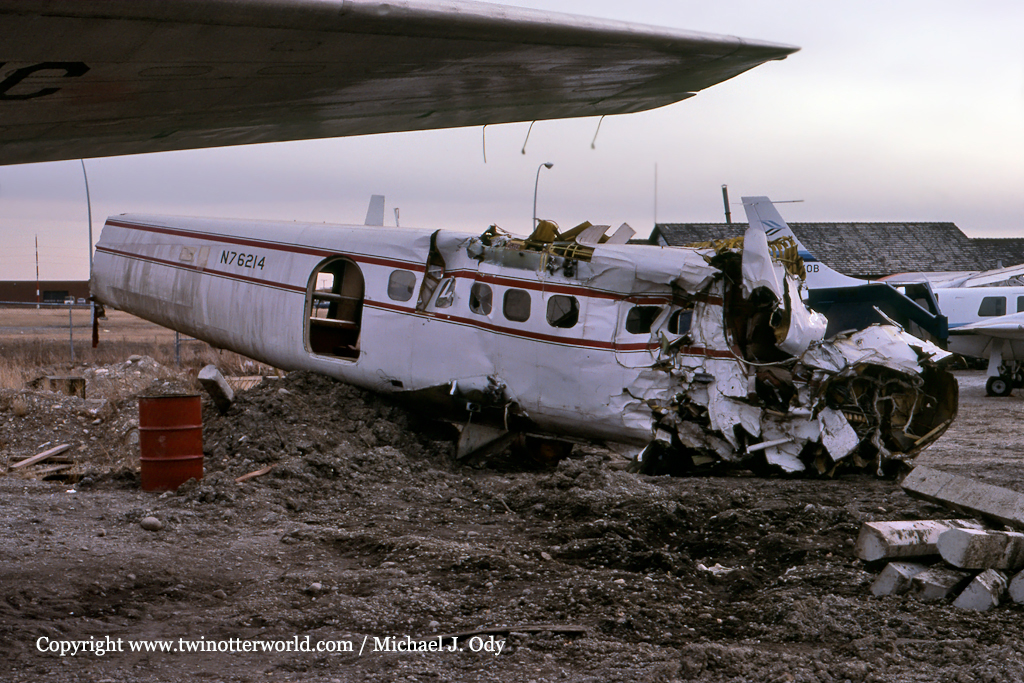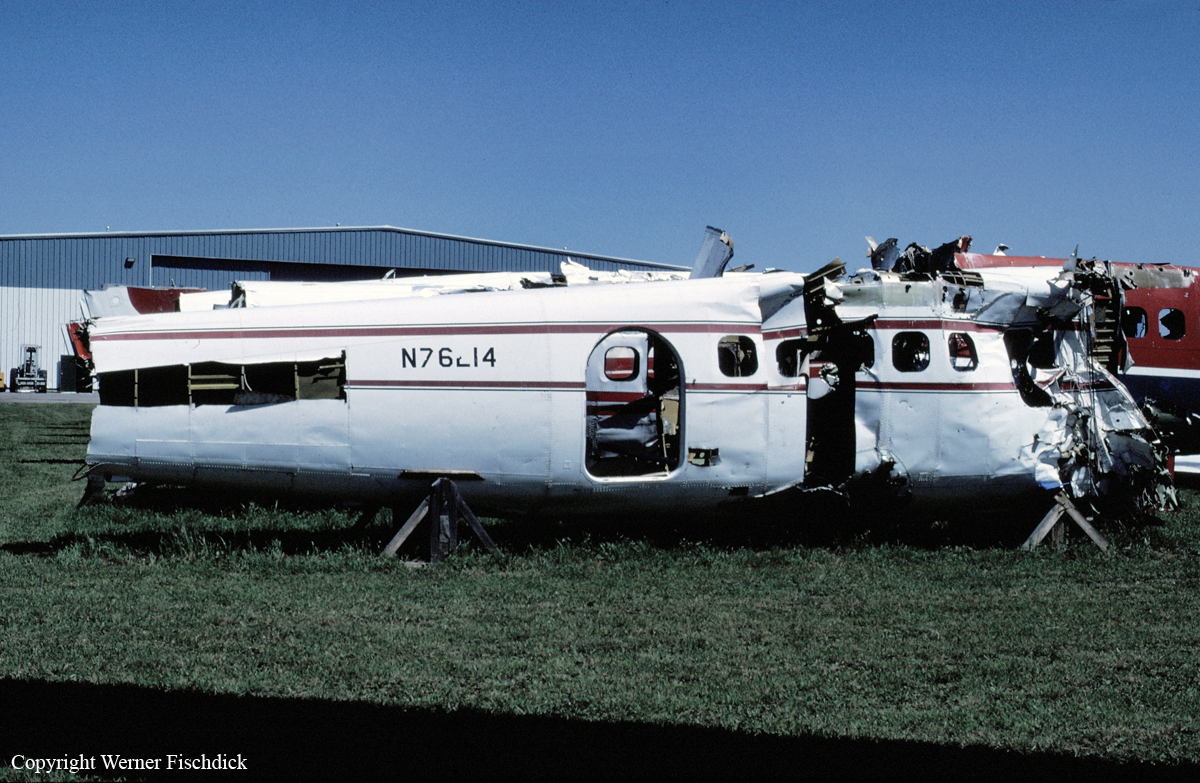Crash of a Cessna 340A in Chapel Hill: 7 killed
Date & Time:
Feb 7, 1981 at 1910 LT
Registration:
N8682K
Survivors:
No
Schedule:
Washington DC – Chapel Hill
MSN:
340A-0617
YOM:
1978
Crew on board:
2
Crew fatalities:
Pax on board:
5
Pax fatalities:
Other fatalities:
Total fatalities:
7
Circumstances:
Following an uneventful flight from Washington DC, the crew started the descent to Chapel Hill-Horace Williams when he encountered zero visibility due to fog. On approach, the twin engine airplane struck trees and crashed. All seven occupants were killed.
Probable cause:
Collision with trees on final approach due to improper IFR operation. The following contributing factors were reported:
- Fog,
- Improperly loaded aircraft,
- Weather slightly worse than forecast,
- Visibility down to zero,
- Maneuvering for contact approach,
- Loaded near aft CG limit,
- 554 lbs over max gross weight.
- Fog,
- Improperly loaded aircraft,
- Weather slightly worse than forecast,
- Visibility down to zero,
- Maneuvering for contact approach,
- Loaded near aft CG limit,
- 554 lbs over max gross weight.
Final Report:








